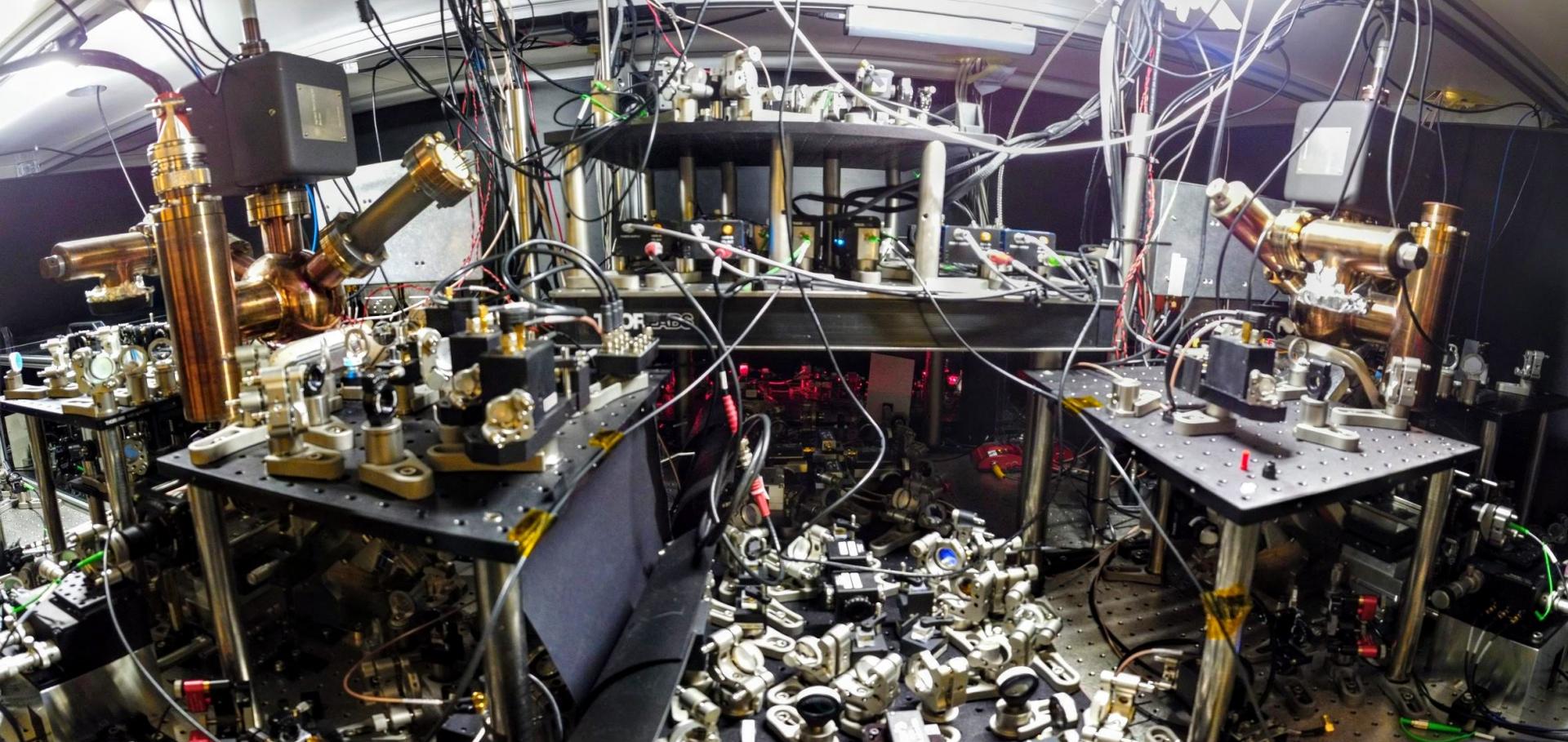Micromotion minimisation by synchronous detection of parametrically excited motion
(2021)
The Panopticon device: An integrated Paul-trap–hemispherical mirror system for quantum optics
Review of Scientific Instruments AIP Publishing 91:11 (2020) 113201
Multipath interference from large trapped ion chains
New Journal of Physics IOP Publishing 21:9 (2019) 093039
Wavelength-scale errors in optical localization due to spin–orbit coupling of light
Nature Physics Springer Nature 15:1 (2019) 17-21
Interference of Single Photons Emitted by Entangled Atoms in Free Space
Physical Review Letters American Physical Society (APS) 120:19 (2018) 193603


